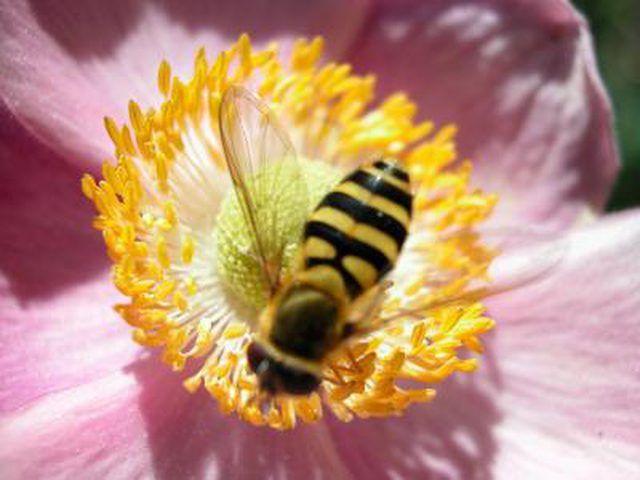Bulbs
Flower Basics
Flower Beds & Specialty Gardens
Flower Garden
Garden Furniture
Garden Gnomes
Garden Seeds
Garden Sheds
Garden Statues
Garden Tools & Supplies
Gardening Basics
Green & Organic
Groundcovers & Vines
Growing Annuals
Growing Basil
Growing Beans
Growing Berries
Growing Blueberries
Growing Cactus
Growing Corn
Growing Cotton
Growing Edibles
Growing Flowers
Growing Garlic
Growing Grapes
Growing Grass
Growing Herbs
Growing Jasmine
Growing Mint
Growing Mushrooms
Orchids
Growing Peanuts
Growing Perennials
Growing Plants
Growing Rosemary
Growing Roses
Growing Strawberries
Growing Sunflowers
Growing Thyme
Growing Tomatoes
Growing Tulips
Growing Vegetables
Herb Basics
Herb Garden
Indoor Growing
Landscaping Basics
Landscaping Patios
Landscaping Plants
Landscaping Shrubs
Landscaping Trees
Landscaping Walks & Pathways
Lawn Basics
Lawn Maintenance
Lawn Mowers
Lawn Ornaments
Lawn Planting
Lawn Tools
Outdoor Growing
Overall Landscape Planning
Pests, Weeds & Problems
Plant Basics
Rock Garden
Rose Garden
Shrubs
Soil
Specialty Gardens
Trees
Vegetable Garden
Yard Maintenance
How to Hand Pollinate Garden Plants
How to Hand Pollinate Garden Plants. Certain plants with male and female flowers, such as squash and cucumbers, may need a helping hand for good pollination when grown indoors or in a greenhouse. Wind and insects are not always present as in nature to achieve pollination. You can be a busy bee yourself and play the role of pollinator.

Certain plants with male and female flowers, such as squash and cucumbers, may need a helping hand for good pollination when grown indoors or in a greenhouse. Wind and insects are not always present as in nature to achieve pollination. You can be a busy bee yourself and play the role of pollinator.
Things You'll Need
Cotton swabs
Small paintbrushes
Locate the male and female flowers. Male flowers bear stamens and female ones bear pistils. The female flower has a rudimentary fruit on the end.
Transfer the pollen from the male flower to the female with a small paintbrush or cotton swab. Clean the brush or use a new swab when pollinating more than one type of plant.
Shake gently the cage of pepper and tomato plants every couple of days to advance pollination; no other action is necessary. Self-pollinators such as peas, beans and lettuce do not need any help to pollinate indoors.
Tips & Warnings
Too much fertilizer high in nitrogen rather than a lack of pollination can cause poor production from indoor and outdoor vegetables. Fertilizers high in nitrogen are desirable during the growth cycle, but once the plants are ready to flower, switch to a fertilizer higher in phosphorus and potassium. These fertilizers generally have the word "bloom" in their name and should have a ratio that favors the last two numbers over the first, a fertilizer with a 1-2-2 ratio, for example.